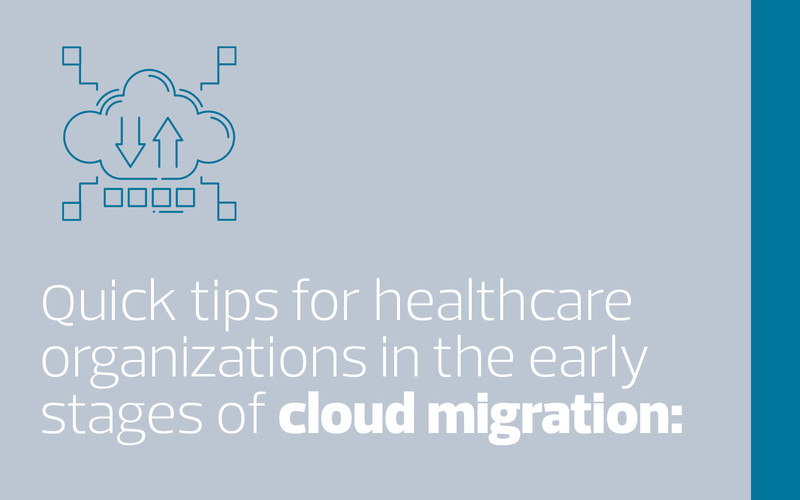Until recently, Children’s National researchers got around their computational limitations either by working with preprocessed data or by breaking large data sets into smaller portions that their systems could digest. But today, Kaplarevic says, they’re taking a different approach, leveraging what he calls the “enormous horsepower and versatility” of the cloud.
Children’s National, primarily through its electronic health records system, has been a cloud user for many years, he adds, but it previously had only minimal access to the type of cloud-based platforms that could handle the demands of medical research. That changed in 2021, when it opened the Children’s National Research & Innovation Campus (RIC), a 160,000‑ square-foot property the organization has described as “an ecosystem that nurtures innovation from discovery to commercialization.”
Key to the work the medical scientists are doing at RIC are the support and cloud-computing tools they’re getting from a new strategic partner, Amazon Web Services.
EXPLORE: The future of healthcare in the public cloud.
Children’s National researchers have deployed AWS in various capacities for the better part of a decade, Kaplarevic says, but this new collaboration is different. “In terms of what they’re able to do now, it’s literally like the floodgates have been opened,” he says. “Now, they can look at data on a massive scale. There’s really no comparison.”
Today, Children’s National scientists have a scalable and secure “landing zone” in AWS that they can get to through their personal accounts, Kaplarevic says. “Within that space, they can store data, spin up servers or use different workflows and services. There are over 350 different configurations to choose from that can be used in a safe and compliant way.”
In a typical scenario, a researcher who identifies a use case for the cloud — perhaps a study of DNA nucleotides present in certain variations of a genetic disease — would log in, enter basic information about the project and submit a request to Kaplarevic’s office. His team would then assess the proposal to determine the optimal computational environment (local, cloud or hybrid).
“At that point,” Kaplarevic says, “we would be available to assist with a full range of research computational services. With complex data analyses, data lifecycle management, software and database development, we’re always there to work closely with researchers on achieving their goals.”


















